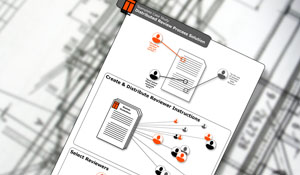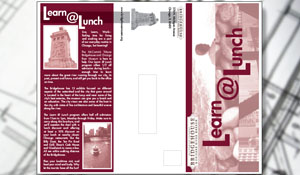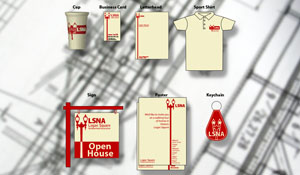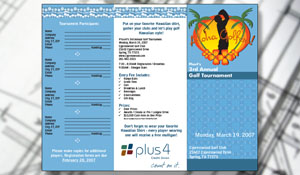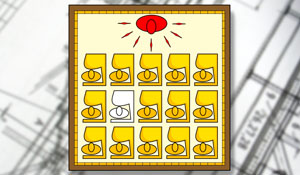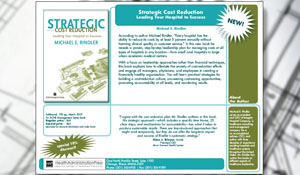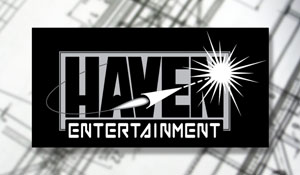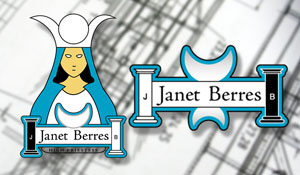- Educating the Design Client (part 1) : Introduction
- Educating the Design Client (part 2) : Types of Clients
Recently I’ve been working on a business brochure for a client, farmed out to me by another graphic designer who was overwhelmed with work. After working up two different designs for the client and submitting them for comments, I thought I’d nailed two distinct but modern looks that they’d like. They did – sort of.
When I received the notes for the revision, I realized that they more or less gutted the designs. The glue that held the images and text together was to be removed, and the design would be left with a bunch of disparate elements on a page.
Some of the revisions were real head scratchers; they didn’t like the way that the book’s image was given “too much prominence” on the page (the idea was to sell the books, wasn’t it?), and the client insisted that a URL not be underlined in a block of text (to distinguish the URL from the other text, avoiding mistyped web addresses). I made the revisions as they requested because this isn’t technically my client, and the designer I was working for has learned over the course of several projects for this client that they typically don’t bend.
My approach to design is that putting pen to paper (or pixel to artboard) is only about 30% of the designer’s job. I’m being paid for my creativity and eventual output of that creativity, sure, but communication and education demand a lot of my attention to make sure the client’s message is communicated the right way.
I want to make sure the client a) feels that their needs are being addressed, b) understands the process of graphic design and c) is aware of the possibilities in getting their message out. All three concerns come down to a single word – education.
A client’s expertise lies usually with making their product or providing their service, and may not understand how design works. Why should they – they hired us for that very reason, right? Clients fall all over that spectrum, though, and while some require a bit more hand-holding and explanation, some are almost insulted by a designer’s input.
In the next article, I’ll talk about some of the client types I’ve encountered, their challenges, and ways I’ve found to deal with them.

